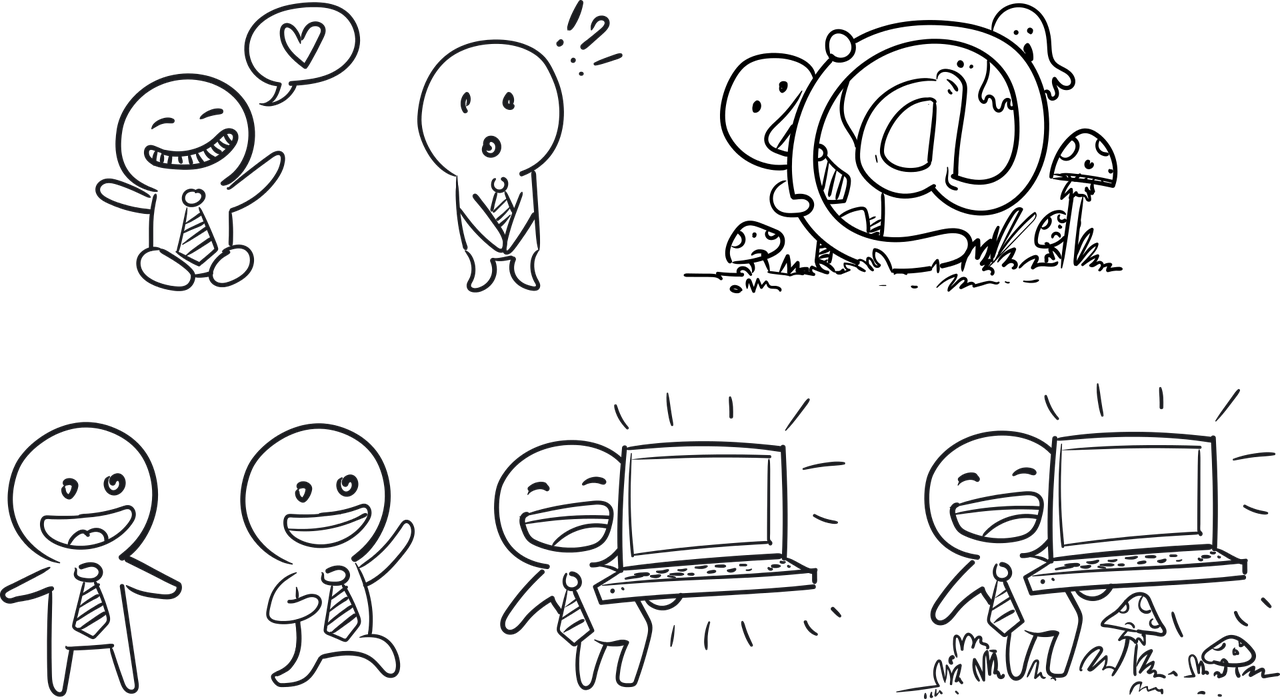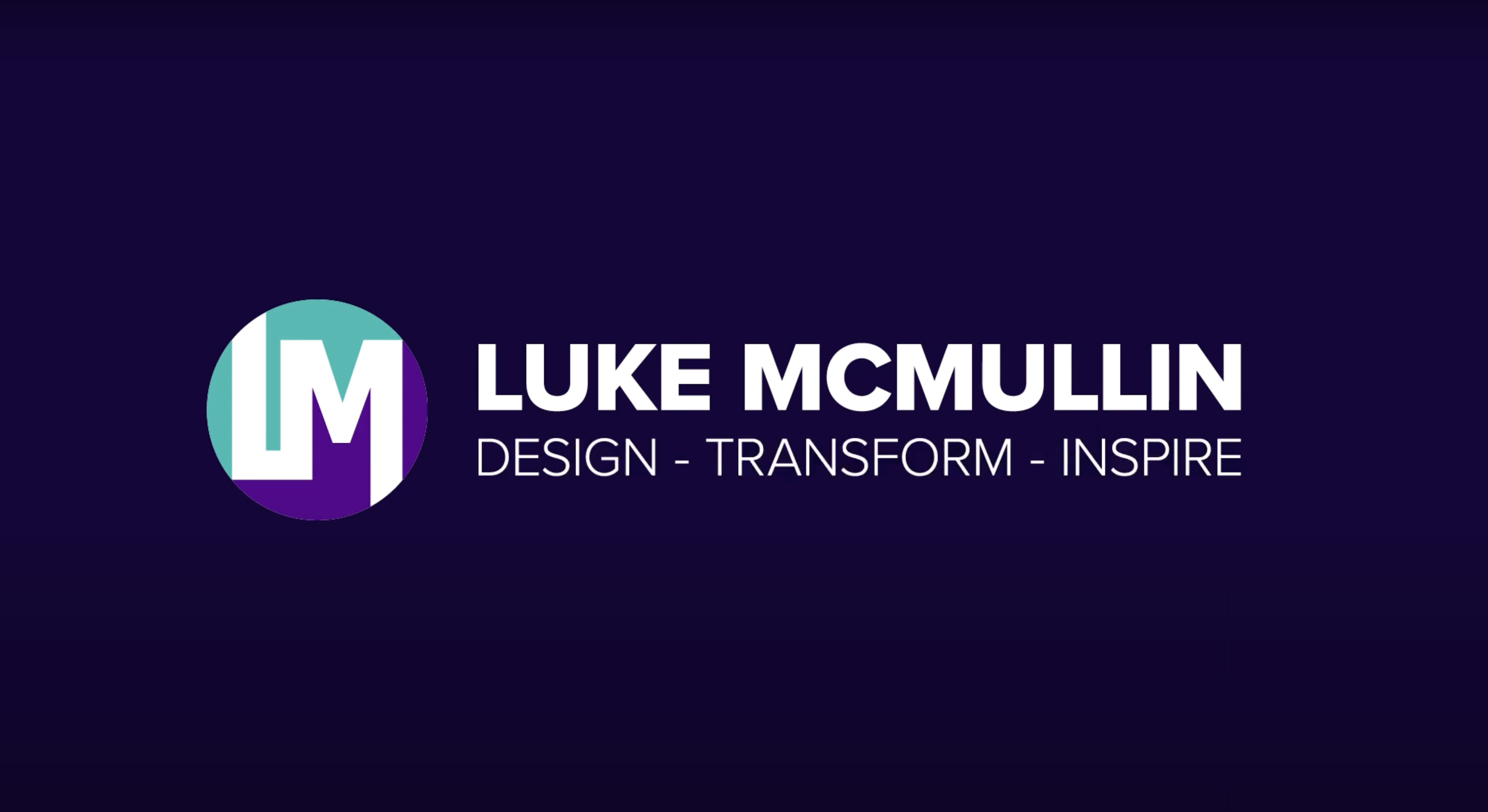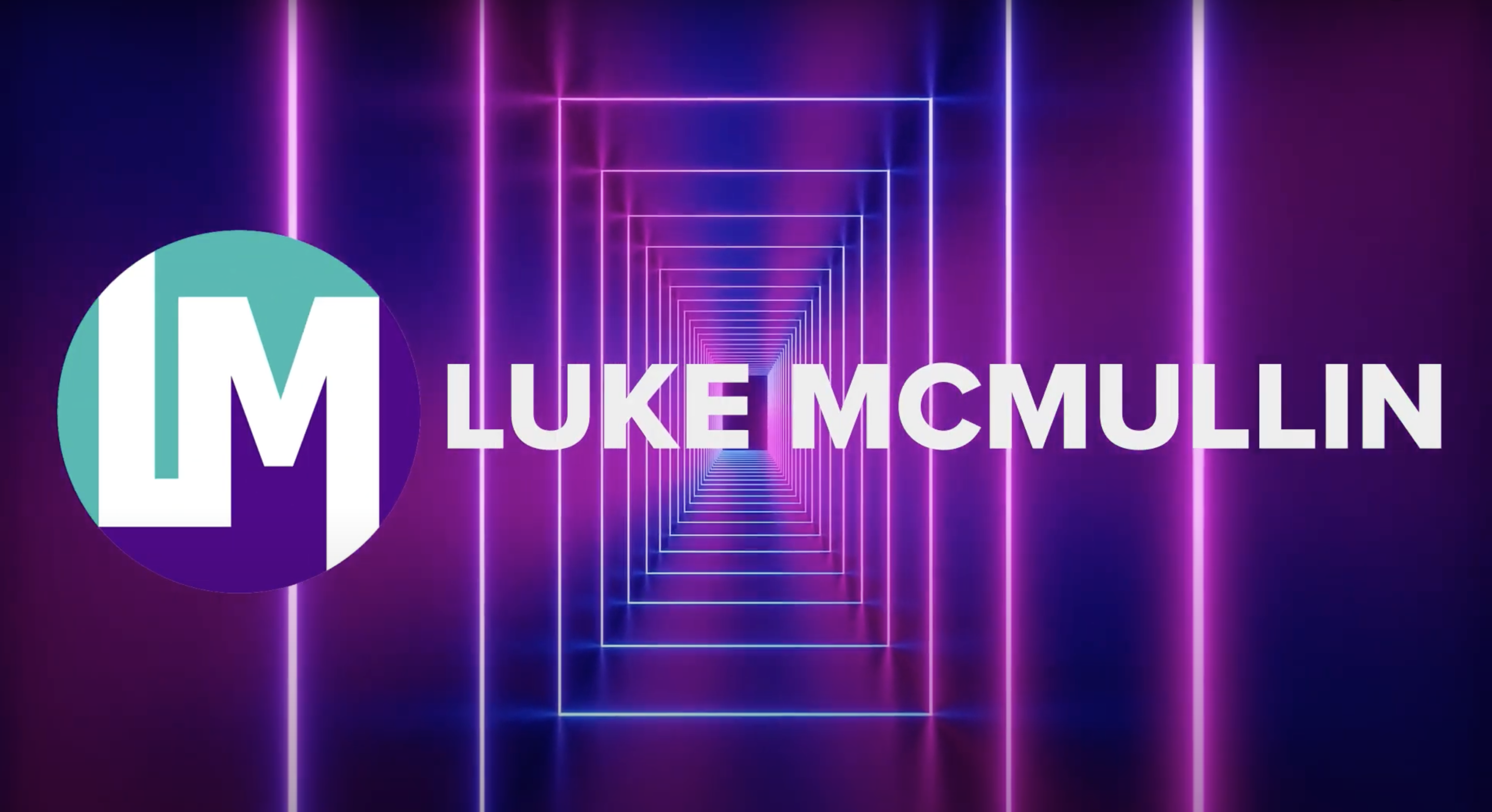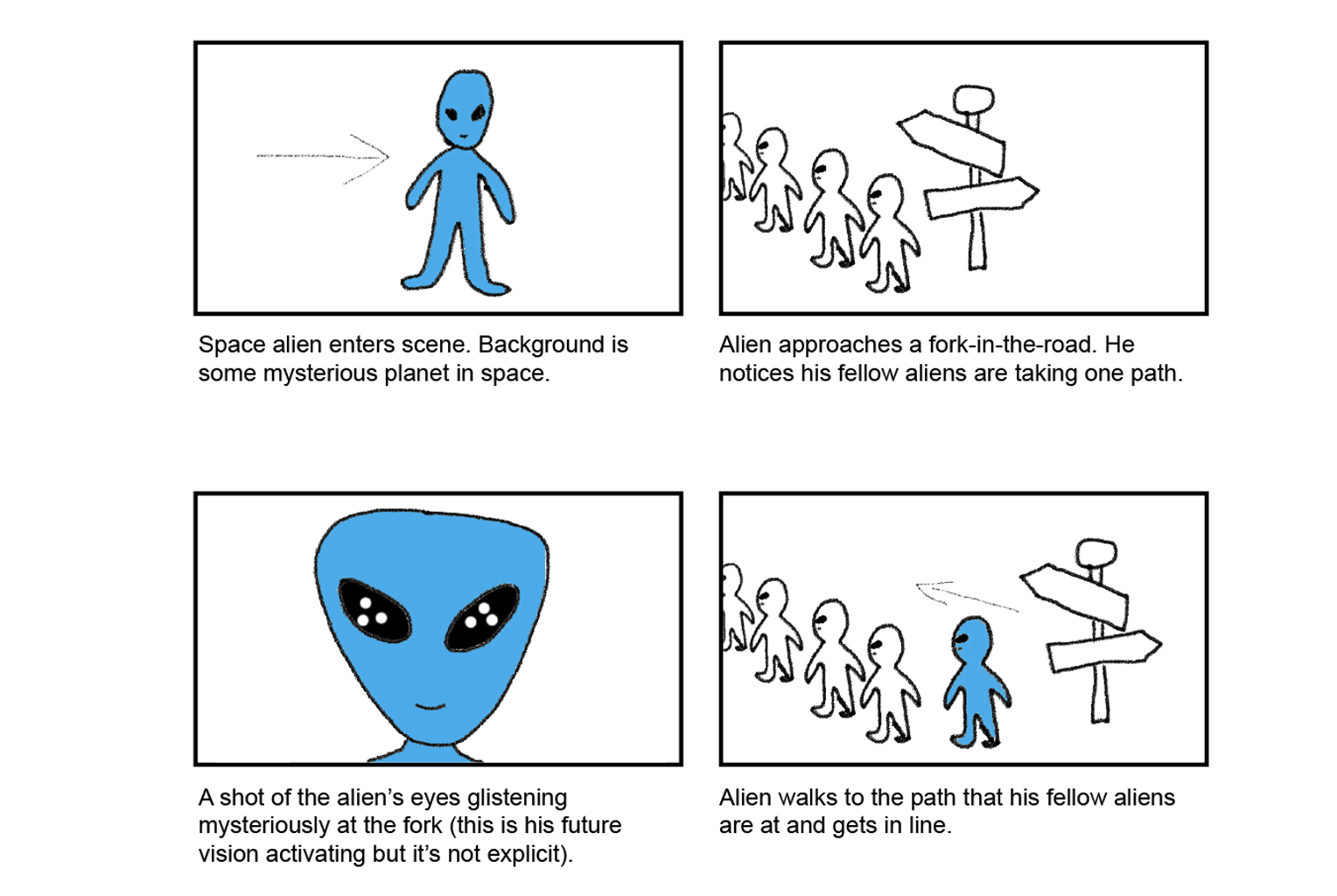
Lights, camera, action! This week I dove right into producing, editing, and publishing my stop motion story. I also looked into sound, text, and world building to better prepare for the production.
Sound
Sound is more important in animation than you might think. Blazer encourages in her book Animated Storytelling that you should consider sound at the same time as the writing and design, or even have sound lead the storytelling.
There are two types of sound in storytelling: diegetic and non-diegetic. Diegetic sounds come from sources on-screen such as characters, objects, or the world itself. Non-diegetic sounds have sources that are neither visible on-screen nor present in the action (examples being music, narration in a character’s mind, or sounds not natural to on-screen elements). They are surreal and used to enhance the mood of the story.
It is most optimal to try to incorporate both diegetic and non-diegetic sounds to make your production most effective. Additionally, Blazer provides tips on how to utilize different sound elements in your production, outlined below.
Sound Effects
- Use restraint; do not overuse them.
- Use your “inner poet” to try to insert a surreal sound in place of a diegetic one.
- Consider music as sound effects (e.g. the screeching violin from Psycho)
Music
- Use it to set rhythm for scenes and guide the audience’s journey.
- Don’t get attached to music you can’t get the rights to or that the public already knows about.
- Sometimes, no music or very faint music is the best music.
- Sometimes, music that goes against what is expected (e.g. upbeat music in a horrific event) is effective.
Dialogue
- Use it only if you’ve exhausted every other element; otherwise, the best is none.
- Match every line to the character’s personality.
- Try using subtext, which has very subtle meaning, to loosen up the dialogue.
Lastly, you must be very careful and precise about how you are timing your sounds in your animation. Placing a sound effect just a few frames off of the intended action can be the difference between satisfaction and a sour feeling (and not the good kind).
Design Wonderland
I mentioned excerpts from Blazer’s book in previous blogs about how it’s important to push boundaries and go as wild as you like with your animated world. But once you have established it, it’s important to fully commit to it and the rules YOU have made. Your audience will generally accept whatever rules you’ve, but continuity is key, or else they will become lost in the sauce and check out.
To establish your rules, be sure to first define the time and place. Then, take the time to define all the physical, visual, and social laws that exist there. Does it take place on present-day Earth, Earth in a different planet, some faraway planet, or something more abstract? Who runs your society? What visual elements (shape, color, contrast, texture, etc.) will best describe the setting? These are questions you must answer (and stick with) in order to make your creation unique but cohesive.
Examples of Effective Sound
When I was reading about non-diegetic sounds in Blazer’s book, my mind immediately went to this (in)famous ghost scene in the Japanese horror film Pulse or Kairo (2001). What I admire about this scene is that it does not use typical horror tropes such as jump-scares, loud noises or typical ‘spooky’ music, but instead utilizes uncanny valley and subtlety to frighten the viewer. This is depicted through not only the bizarre visuals, but also the non-diegetic sounds. The subtle yet eerie ambient buzzing sound, the woman’s singing, and the slow nature of everything best convey the horror and surrealism within the Forbidden Room. Warning: it’s scary!
Regarded as a pioneer of the cyberpunk genre, the movie Blade Runner (1982) is overall a great example of utilizing sound to convey mood with its unique soundtrack to convey a dystopian future cityscape. But this scene especially takes advantage of all types of sound elements (sound effects, music, ambience) to communicate conflicting emotions. Once Zhora is taken down, the scene slows down, melancholy synth music starts playing, and the glass shattering sound effect is dramatized. Although the replicants in this movie are considered the ‘bad guys’ who were deployed by an evil corporation, the sound in this scene makes Deckard and the audience sympathize with Zhora—the replicant humanoid who was running for her ‘life’ but got shot and killed at that moment—and question the morality of whether assassinating replicants is the right move.
Examples of Effective Text
During the Oompa Loompa musical number in Willy Wonka and the Chocolate Factory (1971), text is animated in correspondence to the song lyrics, with the words appearing in-time with the words in the song. I was fascinated by how they were able to pull off these animated text effects without using computer animation (since the technology probably didn’t exist back then).
For a more modern example, this is fan-made kinetic typography of a very pivotal moment in the series Breaking Bad. I thought it is a well-executed example of matching text animation with the mood of a scene, and I couldn’t stop watching it. I noticed that Skyler’s dialogue is black text on a white background, while Walter’s dialogue is white text on a dark grey background, which I thought was a clever choice.
My Stop Motion Project
I ultimately decided to go with my linear piece from last week because there were more logistical challenges with the nonlinear one. For this piece, there were also many logistical challenges, but it was a rewarding experience in the end.
For the scene, I found a forest poster and a plastic tablecloth with leaves in my house and decided to go with a forest aesthetic. I also experimented with these random figurines as noted in my preproduction. I set up my Canon Rebel T6 DSLR camera on a tripod and ran into my first problem: I had very limited space to work with due to the small poster as the background. Nonetheless, I still tried to make it work by adding zooms on my camera lens as well as in post-production. Furthermore, I decided to animate their laughter by having them shake around randomly while staying mostly in the same position. The process of shooting each frame was very tedious (around 300 frames shot) and my back was sore afterwards, but I was still proud of what I did manage to do under limited time.
When I got to post-production, I faced more issues than I thought. Some scenes had too few frames while others had too much. I had to do some editing in Premiere and cut frames, repeat others, and add still frames to make the story flow better, on top of my initial challenge of finding and inserting royalty-free sound effects from Pixabay. I also came up with new ideas to enhance the story and added some animated effects, such as masking over the penguin when he became sad to create a dark storm aura. Afterwards, I imported my Premiere project into After Effects and added the music and text animations.
Overall, I wanted my piece to have a silly, quirky feel to it, hence the cartoon sound effects, the high-pitched voices, and the medium-tempo music. My perfectionist mindset would call for some changes, but nonetheless I thought this was pretty successful for my first attempt at a stop motion production. Check it out below!







